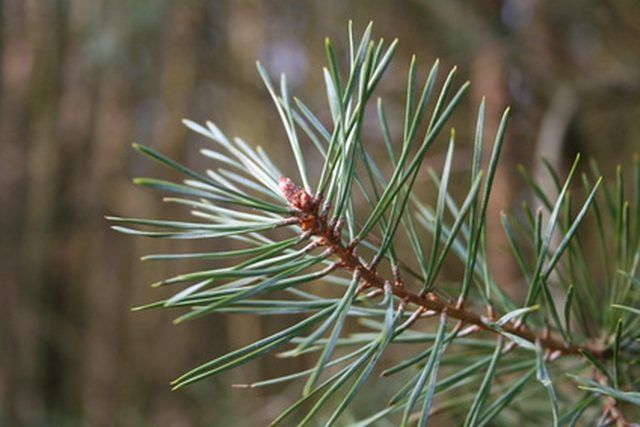Bulbs
Flower Basics
Flower Beds & Specialty Gardens
Flower Garden
Garden Furniture
Garden Gnomes
Garden Seeds
Garden Sheds
Garden Statues
Garden Tools & Supplies
Gardening Basics
Green & Organic
Groundcovers & Vines
Growing Annuals
Growing Basil
Growing Beans
Growing Berries
Growing Blueberries
Growing Cactus
Growing Corn
Growing Cotton
Growing Edibles
Growing Flowers
Growing Garlic
Growing Grapes
Growing Grass
Growing Herbs
Growing Jasmine
Growing Mint
Growing Mushrooms
Orchids
Growing Peanuts
Growing Perennials
Growing Plants
Growing Rosemary
Growing Roses
Growing Strawberries
Growing Sunflowers
Growing Thyme
Growing Tomatoes
Growing Tulips
Growing Vegetables
Herb Basics
Herb Garden
Indoor Growing
Landscaping Basics
Landscaping Patios
Landscaping Plants
Landscaping Shrubs
Landscaping Trees
Landscaping Walks & Pathways
Lawn Basics
Lawn Maintenance
Lawn Mowers
Lawn Ornaments
Lawn Planting
Lawn Tools
Outdoor Growing
Overall Landscape Planning
Pests, Weeds & Problems
Plant Basics
Rock Garden
Rose Garden
Shrubs
Soil
Specialty Gardens
Trees
Vegetable Garden
Yard Maintenance
Balsam Fir Tree Facts
Balsam Fir Tree Facts. Balsam fir trees (Abies balsamea) are also commonly referred to as the balm of Gilead, Northern balsam, silver pine or blister fir. This ornamental tree is native to cooler climates and is commonly selected for use as a Christmas Tree. The branches of this tree are also used to make wreaths and other holiday decorations.

Balsam fir trees (Abies balsamea) are also commonly referred to as the balm of Gilead, Northern balsam, silver pine or blister fir. This ornamental tree is native to cooler climates and is commonly selected for use as a Christmas Tree. The branches of this tree are also used to make wreaths and other holiday decorations.
Identification
Balsam fir trees feature a gray or pale green bark and evergreen shiny leaves. Resin blisters can be seen on the otherwise smooth bark of the tree. As the tree ages, more blisters develop and ooze balsam, an oily resin. The evergreen needles measure 1 inch in length and feature rounded tips. The tops of the leaves are dark green and shiny but the underside is a silver-blue color that inspires the nickname of silver pine.
Geography
Balsam fir trees grow in USDA zones 3 through 5, which includes much of the northern United States. Minnesota, Iowa, Wisconsin, New York, Pennsylvania, New England, Virginia and West Virginia are all native homes to balsam fir trees. Plant balsam fir trees in well-drained acidic soils where they receive full sunlight or partial shade. For the best results, the soil should be moist and cool. This tree is native to mountainsides and rocky areas but has also been known to grow in swamps.
Size
Balsam fir trees feature a pyramid-like shape and mature to a height of 45 to 75 feet and a width of 20 to 25 feet. This is a slow-growing tree, growing no more than 12 inches annually. Because the root system of the balsam fir is shallow, this tree is only moderately tolerant of extreme winds.
Features
This evergreen tree produces cones that first appear dark purple in color but which age and become a grayish brown color. The cones measure 2 to 4 inches in length and feature seeds that aid in tree production. Young balsam firs begin producing cones at 15 years of age and seed production begins at 20 to 30 years of age.
Uses
The balsam fir tree is a source of food for many forms of wildlife, including birds, squirrels, mice, voles, moose and deer. Moose and deer also rely on the trees for shelter from the elements. Beavers use the bark of this tree to build dams. In addition to providing food and shelter to local wildlife, the wood from this tree is cultivated for use in pulpwood and lumber.